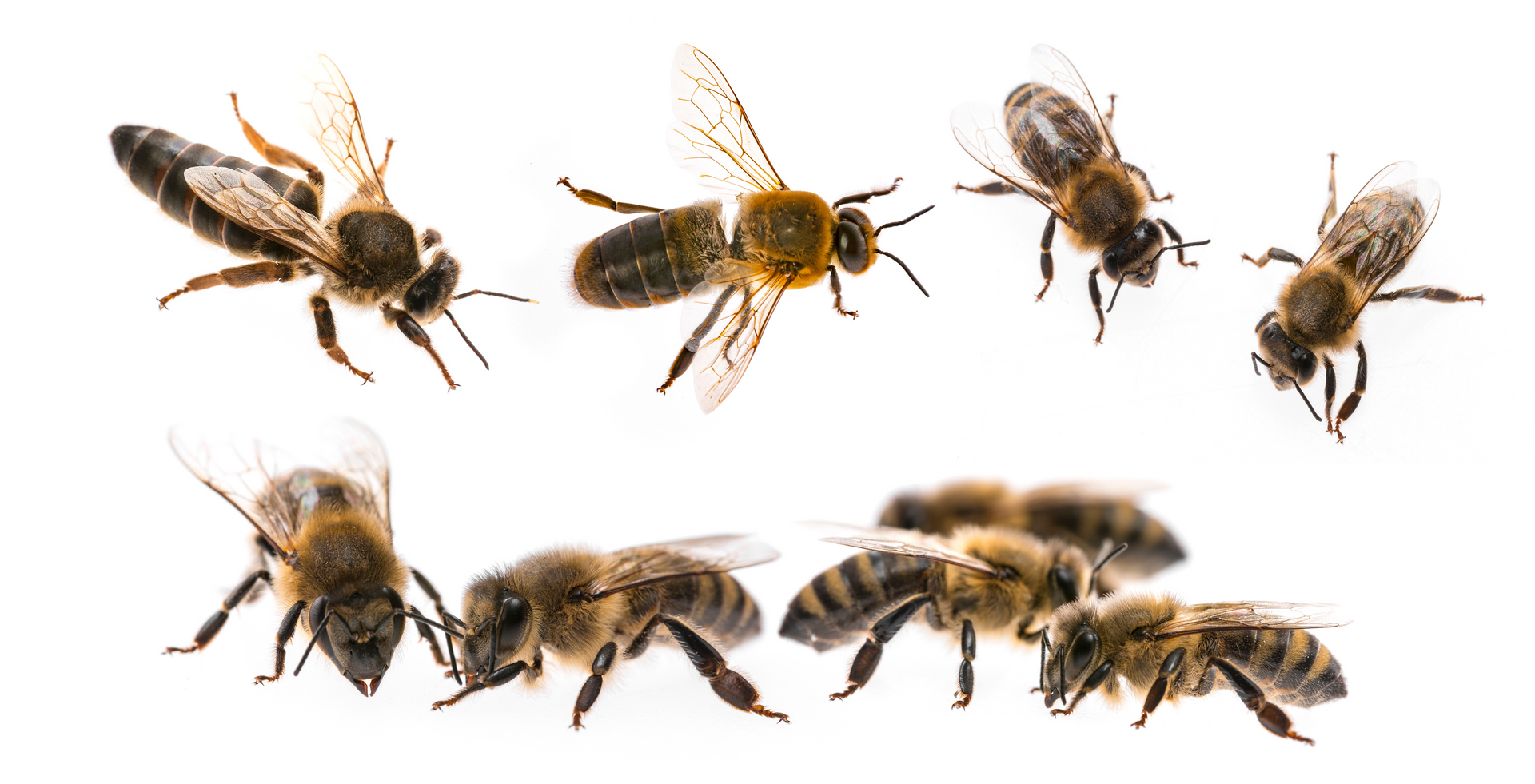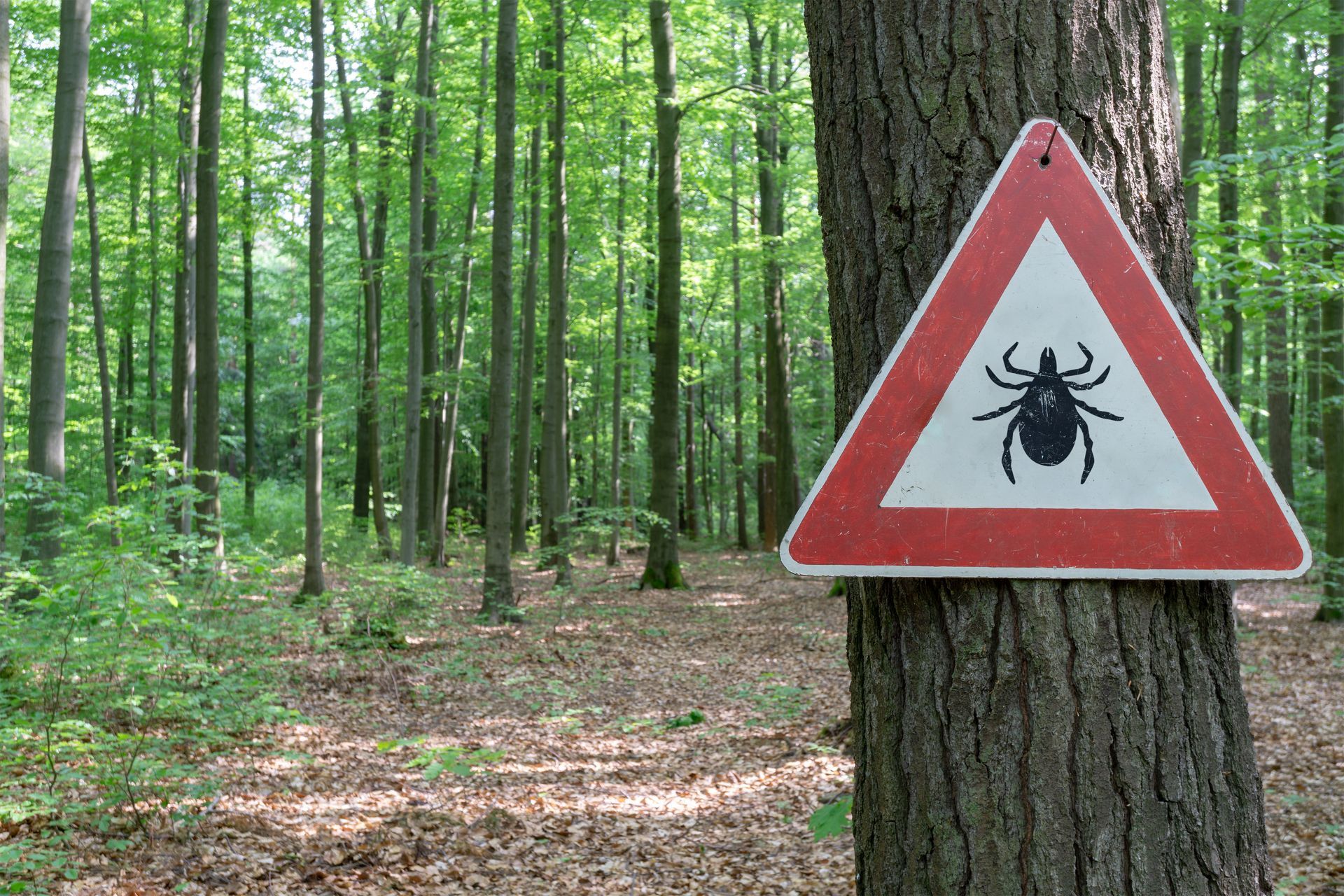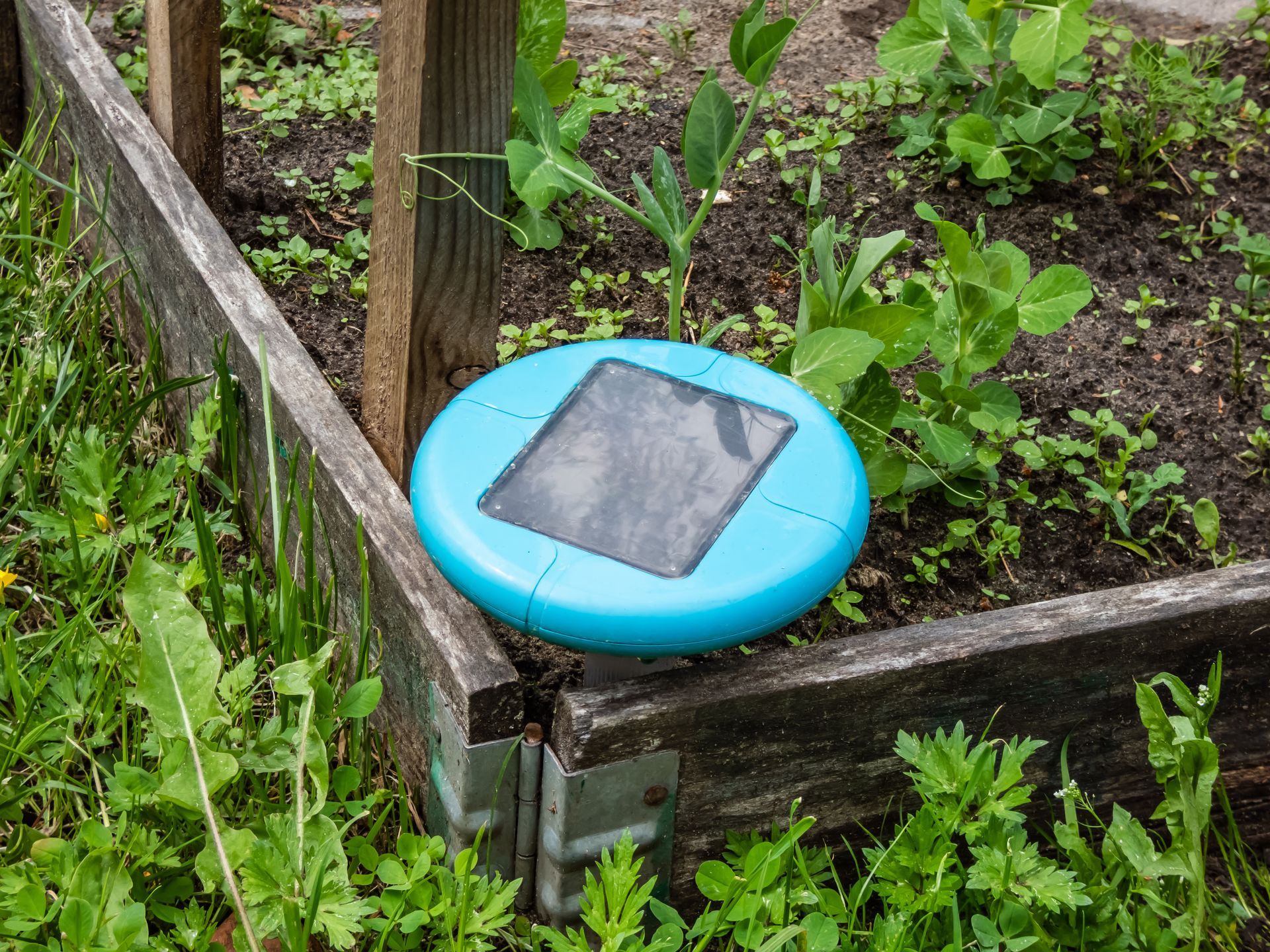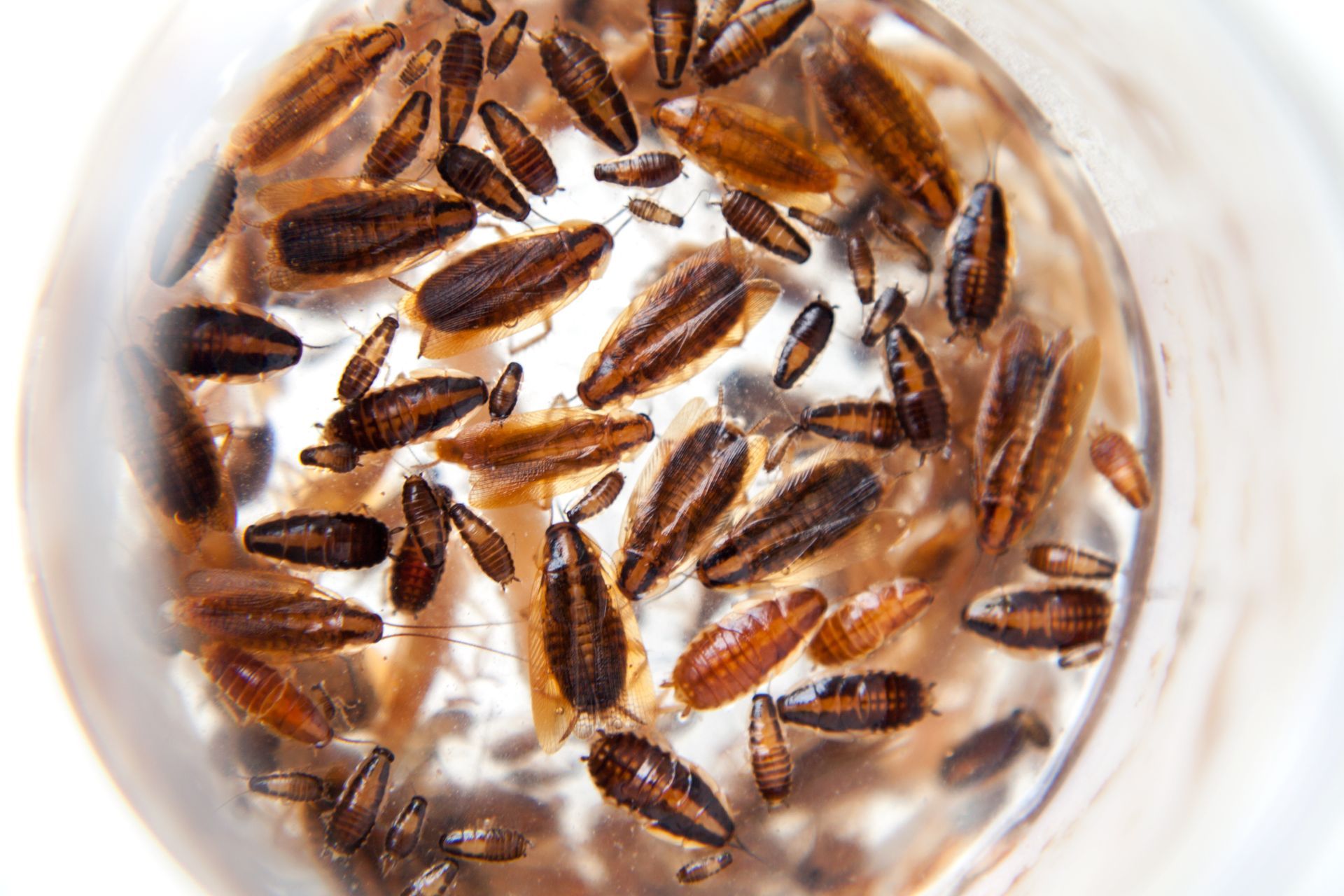Palmetto Bugs vs Cockroach

In the diverse and sometimes bewildering world of household pests, few creatures stir as much immediate repulsion as the infamous cockroach. They are known globally for their resilience and being dirty and disgusting which make them unwelcome guests in any environment. In some regions, particularly in the southeastern United States, you might hear these pests referred to by a different name: "palmetto bugs." This colloquial term adds a layer of regional flavor to the pest’s identity, but it also introduces a lot of confusion. Are palmetto bugs simply cockroaches under another name, or are there distinct differences between the two?
The term "palmetto bug" is often used interchangeably with "cockroach," yet it typically refers to specific species within the roach family. More than 4,500 species of cockroaches exist, but not all are dubbed palmetto bugs. This nickname is derived from the palmetto trees where these bugs often hide and frequently describes larger species of cockroaches that are particularly common in humid, coastal areas. Understanding the nuances between palmetto bugs and cockroaches is not just a matter of nomenclature. It's also about recognizing the habits, habitats, and control strategies that are effective against these invaders.
What is a Palmetto Bug?
The term "palmetto bug" commonly refers to several species of cockroaches found predominantly in the Southeastern United States, especially in states like Florida and South Carolina. This name stems from cockroaches that nest in the fan like leaves of palmetto trees. While "palmetto bug" might evoke a somewhat exotic image, it's important to recognize that these are just cockroaches by another name. The term is frequently used to describe larger cockroaches that are often found in outdoor habitats but that doesn’t stop them from venturing indoors.
Is a Palmetto Bug a Cockroach?
Fundamentally "palmetto bug" and "cockroach" refer to the same type of insect. The distinction lies not in biology but in regional preference as “palmetto bug” is the term predominantly used in the Southeastern United States to refer to certain species of cockroaches. This term is most commonly applied to the American cockroach amongst a few other species.
What Types of Cockroaches are Typically Called Palmetto Bugs?
The term "palmetto bug" is commonly used to refer to several specific types of large cockroaches that thrive particularly in warm, humid environments typical of the southeastern United States. While this nickname may apply to various species, it is most frequently associated with the American cockroach (Periplaneta americana) which is known for its reddish-brown body and a pale yellow band around the pronotum. These cockroaches are prevalent throughout the United States and are commonly found in moist areas such as sewers, basements, and piles of landscape materials. They are especially active during the warm summer months.
Other species that fall under the umbrella of the term “palmetto bugs” include the Smokybrown cockroach (Periplaneta fuliginosa) which is characterized by its dark mahogany color and preference for tree holes and mulched areas. Additionally, the Florida Woods cockroach (Eurycotis floridana), and the Australian cockroach (Periplaneta australasiae) are commonly referred to by this term. Each of these species shares the characteristic of thriving in warm, damp conditions which often leads them into human habitats in search of shelter.
American Cockroach
The American cockroach is one of the largest species of cockroaches known to infest residential and commercial buildings. These cockroaches are easily recognizable by their reddish-brown color, long antennae, six legs, and the distinctive yellow figure-eight pattern on the back of their heads. American cockroaches are capable flyers over short distances, which can be particularly startling when they choose to take flight. They typically prefer to live outdoors where they are commonly found in moist, shady environments such as sewers, drains, mulch, and flower beds. However, they are not strangers to indoor habitats, especially if conditions outside become less favorable. As omnivores, American cockroaches are not picky about their diet. They will consume anything from trash and manure to sugars and meat, and in dire circumstances, they may even resort to cannibalism to survive.
Smoky Brown Cockroach
The Smoky Brown cockroach is prevalent in the southeastern United States and commonly encountered in urban settings. They are a larger cockroach species that thrives in warm, humid conditions. These cockroaches typically reside outdoors but are known to breed in sheltered and seldom disturbed indoor locations such as attics. Due to their susceptibility to dehydration, Smoky Brown cockroaches gravitate towards moist environments that offer protection from the elements like wooded areas, tree crevices, or under mulch. Their nocturnal nature drives them to be most active during the night and early morning hours, when they venture out in search of food and water. The diet of Smoky Brown cockroaches includes a variety of organic materials like dead insects, meat, starches, and sweets.
Florida Woods Cockroach
The Florida Woods cockroach is commonly found in structures near homes like garages, water pumps, and storage areas. They are easily recognizable by their dark red to almost black body and notably short wings, which render it incapable of flying effectively. This species often inadvertently enters homes by clinging onto objects like plants, firewood, or cardboard boxes brought inside. Unlike other cockroaches typically grouped as palmetto bugs, the Florida Woods cockroach does not consume waste or debris. Instead, it has a distinct diet that includes dead or dying plants, leaves, bark, molds, and mosses. This dietary preference leads them to habitats rich in organic matter such as trees, decaying logs, under leaf piles, and in compost areas. This feeding behavior makes them more commonly observed outdoors than indoors.
Australian Cockroach
The Australian cockroach is distinguishable from other species by its visually striking appearance. They feature a reddish-brown body with prominent yellow markings on its wings. Australian cockroaches are adapted to warm climates and often seek refuge indoors as temperatures drop. They naturally prefer high-humidity environments such as wooded areas and gardens which is why they are typically found in natural settings like trees and piles of wood and leaves. However, they will venture into buildings in pursuit of food and water when resources are scarce. Inside homes or businesses, they are most likely to be spotted near sources of food and water like kitchens, bathtubs, drains, and sinks. While their diet primarily consists of plants, Australian cockroaches are opportunistic feeders and will consume almost anything available including garbage and feces.
Are Palmetto Bugs Found Outside?
While the term "palmetto bug" generally encompasses cockroach species that can live both indoors and outdoors, it primarily refers to those that thrive in natural habitats such as trees and shrubbery. This contrasts sharply with species like the German cockroach, which is predominantly an indoor dweller. In comparison, palmetto bugs prefer outdoor habitats where they thrive in areas with the warm and humid climates.
Can Having Palmetto Plants Draw Palmetto Bugs Inside?
Having palmetto plants near your home can indeed increase the likelihood of palmetto bugs venturing indoors. These cockroaches typically take up residence at the base of palm trees, finding shelter in the dense, protective foliage. However, when these trees are planted too close to a home, they can inadvertently serve as a bridge for cockroaches to enter. The insects may climb the trees and gain access to upper floors or exploit openings like windows and doors to migrate inside. This proximity can especially become problematic during extreme weather conditions and prompt the cockroaches to seek refuge and resources inside homes, thereby increasing the chances of an indoor infestation.
Are There Other Cockroach Species with Unique Nick Names?
Beyond the term "palmetto bug," which typically refers to the American cockroach, various cockroach species have acquired unique nicknames that reflect their specific behaviors or preferred habitats. Another common example is the "waterbug," a name often used for the Oriental cockroach. This nickname stems from the Oriental cockroach's preference for damp environments like basements and drains. The Oriental cockroach is typically black with a glossy body which contrasts with the more reddish-brown, dull-bodied American cockroach.
Why It Is Important to Keep Cockroaches Out
Keeping cockroaches out of your home is crucial for maintaining a healthy and safe environment. These pests are carriers of bacteria and can transmit organisms linked to numerous diseases including campylobacteriosis, cholera, dysentery, gastroenteritis, and Giardia. According to the World Health Organization, cockroaches can contaminate food and surfaces with these pathogens simply through contact which poses significant health risks to humans who share space with them. Additionally, their presence can lead to unsanitary conditions characterized by foul odors, stains, and general uncleanliness. Implementing effective prevention methods like sealing entry points and maintaining cleanliness is important. Engaging a pest management professional can further ensure that any potential infestations are addressed promptly to protect your home and health from the dangers associated with these pervasive pests.
How to Keep Cockroaches Out
Keeping cockroaches out of your home requires a proactive approach to prevent these persistent pests from establishing a foothold. Here are several effective strategies to ensure your home remains cockroach-free:
- Inspect and Seal Entry Points: Regularly inspect the exterior of your home for any cracks or openings. Seal these potential entry points to prevent cockroaches from coming inside from the outdoors.
- Maintain Cleanliness: Keep your kitchen and other areas of your home clean. Regularly dispose of garbage and ensure no food residues are left unattended. Clean spills and crumbs promptly to remove food sources that attract cockroaches.
- Manage Water Sources: Fix any leaking faucets and pipes to eliminate sources of standing water. Ensure pet bowls are emptied and cleaned regularly and not left out overnight.
- Trim Vegetation: Keep trees and bushes trimmed back from your home to prevent cockroaches from using branches as bridges to enter your house.
- Change Outdoor Lighting: Switch traditional outdoor lights to yellow "bug" lights, which are less attractive to cockroaches and other nocturnal insects.
- Secure Vents and Windows: Install screens on attic vents, doors, and windows to block entry while maintaining ventilation.
- Use Covered Trash Receptacles: Utilize garbage cans with tight-fitting lids and keep compost and waste containers well away from your home.
- Professional Pest Control: Consider hiring a professional pest control service for an initial assessment and regular maintenance to keep cockroaches and other pests at bay. Regular visits from a pest professional can provide peace of mind and protect your home from infestations.
Implementing these measures can significantly reduce the likelihood of cockroaches entering and thriving in your home, ensuring a healthier and more comfortable living environment.
How to Get Rid of Cockroaches
Eliminating cockroaches from your home can be a daunting task, but with the right strategies, you can effectively clear an infestation. Here are several practical methods to get rid of cockroaches:
- Glue Traps: Place glue traps in areas where cockroach activity is high like under sinks, in kitchen cabinets, and near plumbing fixtures. These traps are cost-effective and good for monitoring the level of infestation.
- Boric Acid: This traditional pest control method involves applying boric acid powder or gel in places where cockroaches are frequently seen. It is lethal to cockroaches as it degrades their exoskeletons and is generally effective, but caution is advised to keep it away from children and pets.
- Bait Traps: Utilize bait traps that contain a poison which cockroaches consume and then carry back to their nests, inadvertently killing other members of the colony. This method can significantly reduce the population over time.
- Professional Extermination: For severe infestations, hiring a professional exterminator is recommended. They can provide a thorough assessment and deploy a range of advanced treatments to eradicate cockroaches. The cost can vary between $100 to $600 depending on the extent and location of the infestation.
Implementing these methods can help you regain control of your living space and ensure your home is free from cockroaches. Whether opting for DIY solutions or professional help, it's important to act swiftly to prevent further spread and potential health risks associated with these pests.
Contact EcoGuard Pest Management if You Are Dealing with Cockroaches or Palmetto Bugs
If you're struggling with a cockroach infestation, don't let the problem overwhelm you. EcoGuard Pest Management is here to help. With our expertise and effective pest control solutions, we can tackle any cockroach problem, big or small. Contact us today to schedule an appointment and take the first step toward a cockroach-free home. Our team is committed to providing you with quick, efficient, and thorough service to ensure your living space is healthy and comfortable. Let EcoGuard Pest Management be your partner in pest control and reclaim the peace of mind that comes with a pest-free environment.
Palmetto Bug FAQs
Are palmetto bugs the same as cockroaches?
Palmetto bugs are indeed a type of cockroach. The term "palmetto bug" is commonly used in the southeastern United States to refer to certain species of cockroaches like the American cockroach. While "palmetto bug" might sound less daunting, it is essentially just a regional nickname for these cockroaches that are often found in or around palmetto trees and other moist, warm environments.
Can palmetto bugs infest your house?
Palmetto bugs can infest your house. These cockroaches may enter homes searching for food and moisture. Once inside, they can quickly become a nuisance due to their ability to reproduce in large numbers and their tendency to inhabit dark, moist areas of a home like basements, kitchens, and bathrooms.
Do palmetto bugs mean dirty?
Palmetto bugs do not necessarily indicate that a home is dirty as they are attracted to a variety of environments that provide moisture, warmth, and food sources. However, their presence can be more common in areas where food and waste are not properly managed, which can include cluttered or less-clean areas. Therefore, while finding palmetto bugs is not a definitive sign of dirtiness, maintaining cleanliness can help prevent their occurrence by removing their preferred conditions for shelter and breeding.

















